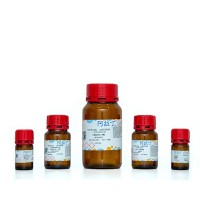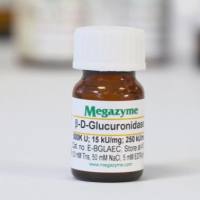Herpesvirus Protease Assays
互联网
729
Herpesviruses encode a serine protease that is essential for the maturation of viral capsids (
1
,
2
). The protease is expressed as part of a polyprotein. The catalytic domain is contained within the N-terminal third of the protein, and the remainder comprises a structural “scaffold” protein. The scaffold protein is independently expressed in excess to the polyprotein from an internal initiation codon. The protease cleaves the polyprotein at two sites: one at the c-terminus of the protease catalytic domain, the release or R-site, and the other close to the c-terminus of the scaffold protein, the maturation or M-site (Fig. 1 ). Cleavage of the M-site follows assembly of the viral procapsids and precedes packaging of the viral DNA. The M-site sequence is conserved among the herpesviruses and has a consensus sequence (V/L)-X-A-S, with cleavage between A-S (
3
). Structural studies have shown that the herpesvirus proteases have a novel structure, and their essential role in capsid maturation makes them a potential target for antiviral intervention.
Fig. 1.
Cartoon illustration of the structure of the herpesvirus protease/scaffold polyprotein showing the position of the protease catalytic domain, the scafold protein, and the release and maturation cleavage sites.








